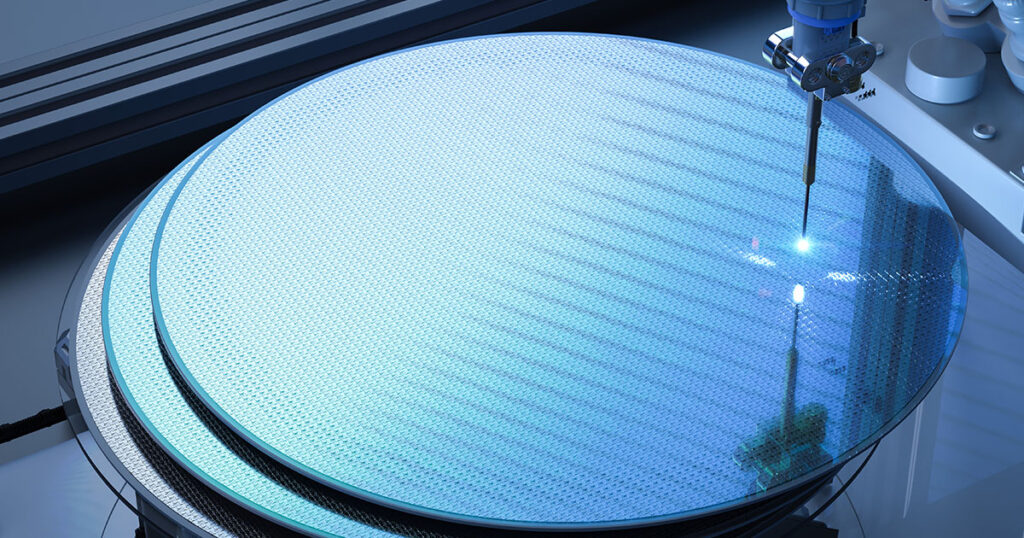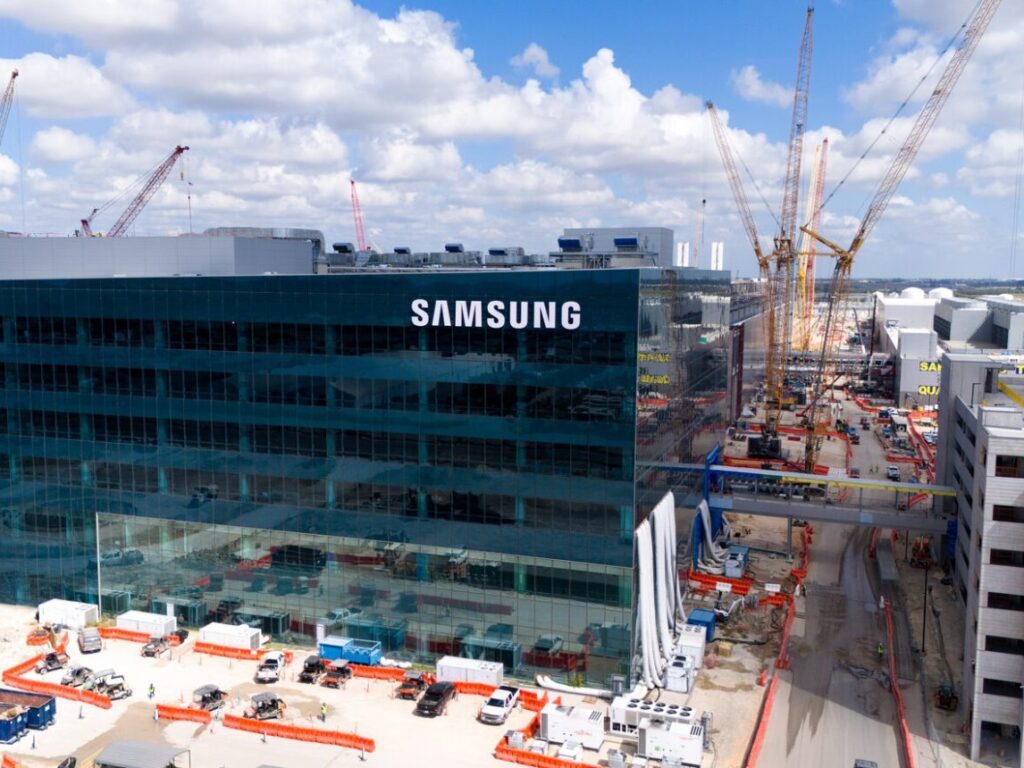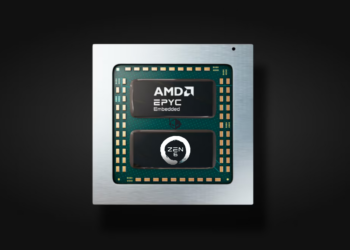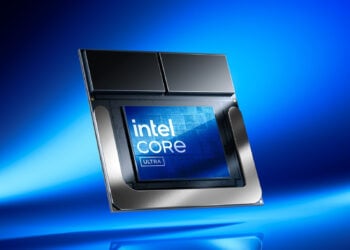Samsung has set an ambitious goal to make its struggling foundry business profitable by 2027, targeting a 20% market share based on sales. After hemorrhaging between $0.68 billion and $1.36 billion quarterly since 2022, the Korean giant is banking on major contracts with Tesla, Apple, and Nintendo to turn the division around.
Table of Contents
Current State: Losses and Recovery
Samsung’s foundry division has operated at a loss since 2022, with industry sources estimating quarterly losses between 1 trillion won ($0.68 billion) and 2 trillion won ($1.36 billion). However, a two-year business plan aims to achieve profitability by late 2027, coinciding with production of Tesla’s AI6 chips.
| Milestone | Timeline | Details |
|---|---|---|
| Current Status | 2022-2025 | Operating at $0.68-$1.36B quarterly losses |
| Initial Recovery | 2026 | Galaxy S26 Exynos + Tesla AI5 production |
| Full Profitability | Late 2027 | Tesla AI6 chip production begins |
| Market Share Goal | 2027 | 20% based on sales |
| Process Technology | 2025-2027 | 2nm GAA → 1.4nm development |

Game-Changing Tesla Partnership
In July, Elon Musk announced Samsung will produce Tesla’s AI6 chip under a $16.5 billion deal—equivalent to 7.6% of Samsung’s entire 2024 sales. This represents the chip division’s largest single-client contract, with production running from 2027-2028 through 2033.
During Tesla’s Q3 earnings call, Musk revealed that Tesla’s AI5 chip will be manufactured by both Samsung in Texas and TSMC in Arizona, marking Samsung’s breakthrough into Tesla’s supply chain previously dominated by TSMC.
Diversifying Client Portfolio
Beyond Tesla, the South Korean giant has secured strategic contracts with major tech giants:
Apple Partnership: Joint development of next-generation image sensors at Samsung’s Austin, Texas plant, supplying chips optimized for iPhone power efficiency and performance.
Nintendo Switch 2: Manufacturing main chips designed by Nvidia for the popular gaming console that launched in June.
Qualcomm Evaluation: Provided Snapdragon 8 Elite Gen 5 samples, positioning for potential Snapdragon 8 Elite Gen 6 orders in 2026.
2nm GAA Technology Focus
Samsung is laser-focused on improving its 2nm GAA (Gate-All-Around) process yields. The Exynos 2600 SoC, expected in base Galaxy S26 and S26 Plus models launching February 2026, utilizes this cutting-edge technology. This marks a critical test of Samsung’s advanced chip manufacturing capabilities.
Texas Plant Expansion Strategy
Samsung’s $17 billion Taylor, Texas facility plays a crucial role in the recovery plan. Currently manufacturing mature nodes (14nm to 65nm), the plant will receive ASML’s EUV machinery for operations commencing in 2026. Increasing utilization rates at this facility represents another path to foundry profitability.
Overcoming Reputation Challenges
Despite heavy investment in next-generation processes, Samsung has struggled to accumulate orders due to a poor industry reputation for yields and reliability. The company pushed advanced technology too quickly to compete with TSMC, suffering from less experience with long-term client cooperation.
Supply Chain Diversification Trend
An industry official noted: “As foundry orders have been heavily concentrated in TSMC, client firms are now compelled to diversify their supply chains to reduce risks.” This trend benefits Samsung as companies seek alternatives to avoid single-supplier dependency.

Two-Year Business Plan
Since foundry is an order-based business, Samsung must purchase necessary equipment in advance, necessitating a structured two-year plan. The foundation includes ramping up 2nm GAA production and establishing long-term relationships with lucrative customers.
Path to Profitability Timeline
Analysts project the deficit could fall below 1 trillion won once Samsung begins supplying both Galaxy S26 mobile chips and Tesla’s AI5 chips in 2026. Full profitability arrives in late 2027 when Tesla AI6 chip mass production begins at the Texas facility.
Competitive Positioning Against TSMC
While TSMC dominates with approximately 60% foundry market share, Samsung’s 20% target by 2027 represents significant growth from current ~12% levels. Success requires consistent yield improvements, on-time delivery, and rebuilding trust with semiconductor customers.
Critical Success Factors
Samsung’s foundry turnaround depends on:
- Meeting 2nm GAA yield targets for Exynos 2600
- Successful Tesla AI5/AI6 chip production
- Continued Apple and Nintendo partnerships
- Taylor plant operational excellence
- Industry reputation rehabilitation
The foundry division’s transformation from liability to profit center by 2027 represents one of the company’s most critical strategic objectives.
Stay updated on the latest semiconductor industry developments and chip manufacturing innovations reshaping technology supply chains.
Sources: Samsung Official | Korea Herald








